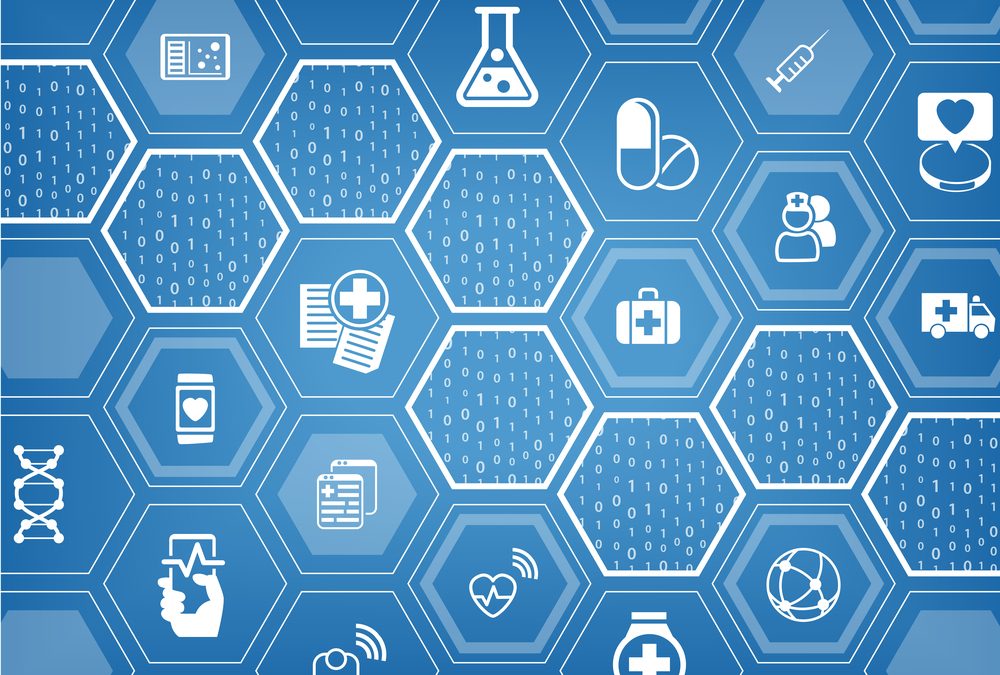Technological innovations are already prevalent in the health and public safety sectors, but the current challenges facing the country demonstrate how that role may evolve and expand in the future.
While certain information technology (IT) solutions and services are critical for managing urgent, unexpected crises and improving operational efficiencies, others are vital to enhancing public awareness, community connections, and even patient care.
The strategic investments made in the next few years will influence the national standards that dictate how health and public safety challenges, as well as natural calamities and digital threats, are managed in the future, according to an article in Tech News World.
“Combating these challenges requires health and public safety agencies to develop robust road maps with digital technologies at their foundation,” the article states.
The question is where those strategic investments should be made. To answer that question, it’s important to explore the potential ways in which technology can be used.
Embracing New Technology
Regardless of industry, the goal when implementing various IT solutions and technological innovations should be to deliver high-quality services while better controlling costs. In the case of health and public safety, technology can also improve multi-agency collaboration, decision-making, and operational efficiency, according to Tech News. Here are some key technologies that are likely to have a starring role in the future of the public safety and health sectors:
1. Cloud Advancement
Cloud technology has enabled businesses across industries to establish a unified platform for digitizing, storing, and processing information. When it comes to health and public safety records, the volume of this data is ever-expanding. Cloud services help agencies manage information in a way that promotes reliability and efficiency. Plus, healthcare and public safety professionals can access necessary data remotely or while working in a different physical building from the main office.
2. Data and Analytics
As more data is collected and stored, agencies have an opportunity to use analytics to uncover and analyze patterns and trends and then turn them into actionable insights. This capability can empower public safety and health organizations to develop more predictive and preventative practices rather than primarily relying on the detect-and-respond mode of crisis management.
3. Artificial Intelligence
Artificial Intelligence (AI) is another cutting-edge technology the possesses potential that’s barely been tapped. While some agencies use AI for simple tasks like scheduling meetings and maintaining accounts, it is likely to continue progressing in such a way that it could potentially become a tool for app-driven diagnostics, virtual biopsies, preventive policing, disaster management, traffic control, and more. The key is partnering with technology partners that can help healthcare and public safety businesses and organizations select the most effective technological upgrades.
The Role of Social Media
Social media is not a new technology but it is a rapidly evolving one. As a result, there are frequently new ways to harness the potential of social media for the benefit of health and public safety initiatives. At the same time, there are challenges presented by social media.
In today’s society, many people expect immediate and easily accessible information. When incidents happen, they turn to social media to find answers and even discuss the situation. Unfortunately, sometimes this information is not accurate but it’s difficult to turn back the tide of public opinion. However, it also means law enforcement is held accountable by a greater, more diverse selection of community members.
Public safety and health, however, do impact the community at large, which is why it’s important for agencies in these industries to capitalize on social networking and simply adopt the best practices for using it. Here are a few examples of what that might look like:
- Public safety agencies providing directives and directions for evacuations or other necessary actions amid a crisis situation.
- Municipalities, school districts and other entities giving updates during and after incidents occur and being able to control the narrative so misinformation doesn’t spread.
- Agencies promoting job openings, as well as workshops and events that make public safety more inclusive and community-centered.
- Healthcare agencies providing information on a range of issues and accurate answers to generic medical questions to promote health education.
- Health professionals facilitating dialogue with patients, sharing important non-HIPAA information in a timely manner, and potentially conducting online consultations.
- Hospitals, clinics and other institutions collecting data on patient experiences and other feedback.
- Organizations sharing information that reduces illness stigma and empowers the community to take preventative measures without fear of backlash.
Fostering a Strong but Selective Social Network
Social media is, and will continue to be, a powerful tool that can be used by public safety and health agencies and businesses to interact with the community in a beneficial way that promotes a preventative mindset. However, individuals also have a role to play in cultivating social networks that support positive connections and are contained to a more selective audience. Go2s provides you a reliable platform for building a social network with your most trusted friends, family, community members, and other connections. With Go2s you can securely ask important questions of members of your trusted group and receive up-to-date, important alerts from your communities and associations.

